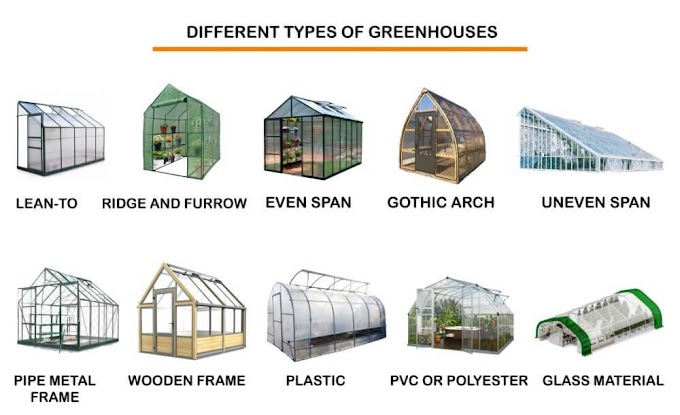System of Rice Intensification
SRI
is an improved method of rice cultivation developed through participatory on
farm research conducted at Madagascar
during 1980.
It
is a system of growing rice that involves principles that are radically
different from traditional ways of growing rice.
It
involves single seedling transplantation of young seedlings with wiser spacing
instead of transplanting multiple and mature seedlings in conventional method.
This
method has the potential to improve the productivity of land, capital, and
water and labour simultaneously.
The
system promotes soil biotic activities in and around the root zone, through
liberal applications of compost and weeding with a rotating hoe that
incorporates the weeds and aerates the soil.
With
the adoption of SRI yields can be improved upto 6-8 tonnes per hectare with
improved management, hybrid varieties which often 20-40% increased in yield
compared to conventional methods. However actual yield increase depends on how
well farmers practice it. These practices lead to enhance yields and
considerable savings in terms of seeds, water etc.
Package and practices
of SRI
Preparation of nursery:
· Nursery for Kharif rice
should be sown during the last week of May at high altitude (1200m MSL), mid
June at mid altitude (800 to 1200m MSL) and end of June at low altitude (less
than 800 m MSL).
·
Select HYV of seeds
like Shahsarang, Lampnah, IR64 etc
·
For nursery, raised
beds should be prepared (height: 5 to 7.5 cm and width: 1m).
·
Seed rate for nursery
is 50g/m2 or 5 kg/ha
·
A mixture of soil and
FYM (2:1) should be used for nursery.
·
Water the beds
regularly whenever required.
·
The seedlings may be
scooped out with khurpi when ready instead of uprooting to avoid root injury.
·
The seedlings are ready
for transplant when they are 10-12 days
old.
Preparation of main
field:
· Uniformly level the
field for better water management.
· Properly drainage
channel may be made. The drainage/irrigation channel can be provided after
every 8 to 10 rows.
· Transplanting should be
done quickly after gently scooping out the seedlings from the nursery bed.
· Maintain a thin film of
water for easy transplanting and seedling establishment.
· Transplant single
seedling using square spacing of 25 x 25
cm
· Apply sufficient
organic manure (5t/ha) along with 130 Kg urea (50 Kg at transplanting, 40 Kg at
tillering and 40 Kg at panicle initiation), 281 Kg SSP and 50 Kg MOP at
transplanting.
· Avoid continuous
flooding and irrigate when field develops hairy cracks.
· Control weeds through hand weeding (25 and 50 DAT) and cono weeding at 35 DAT.
Advantages:
·
Saving on seed cost due
to less requirement of seed.
·
Saving on water as SRI
method does not require continuous flooding of the field.
·
Cost of other inputs is
reduced as chemical fertilizers and pesticides are not use.
·
Incidence of pests and
diseases is low as the soil is allowed to dry intermittently.
·
Higher yield due to
profuse tillering increased panicle length and grain weight.
·
The crop matures 10-12
days earlier than the crops grown under conventional method.
·
The yield of paddy in
SRI method is also higher than the conventional method.
Yield:
·
SRI: 6-8 tonnes/ha
·
SRI with Hybrids: 10-12 tonnes/ha







No comments:
Post a Comment